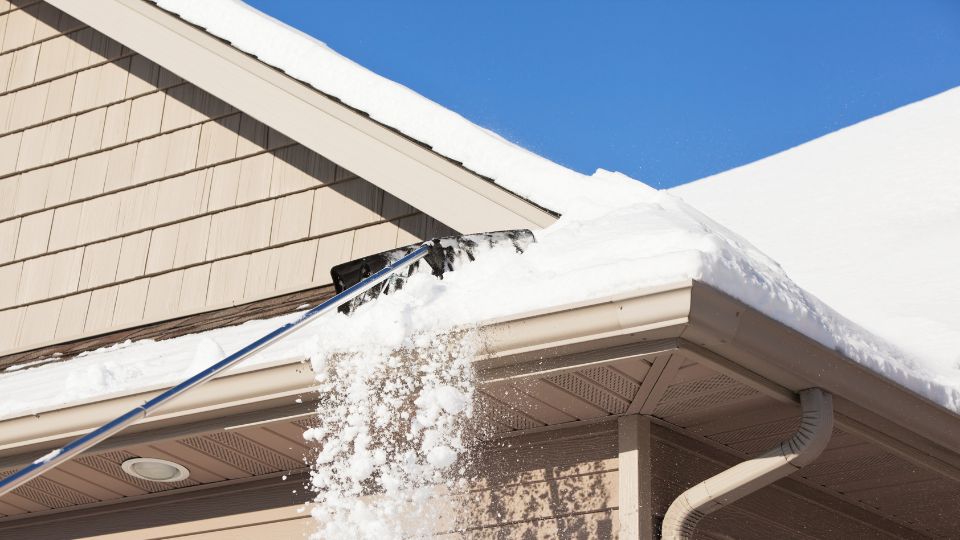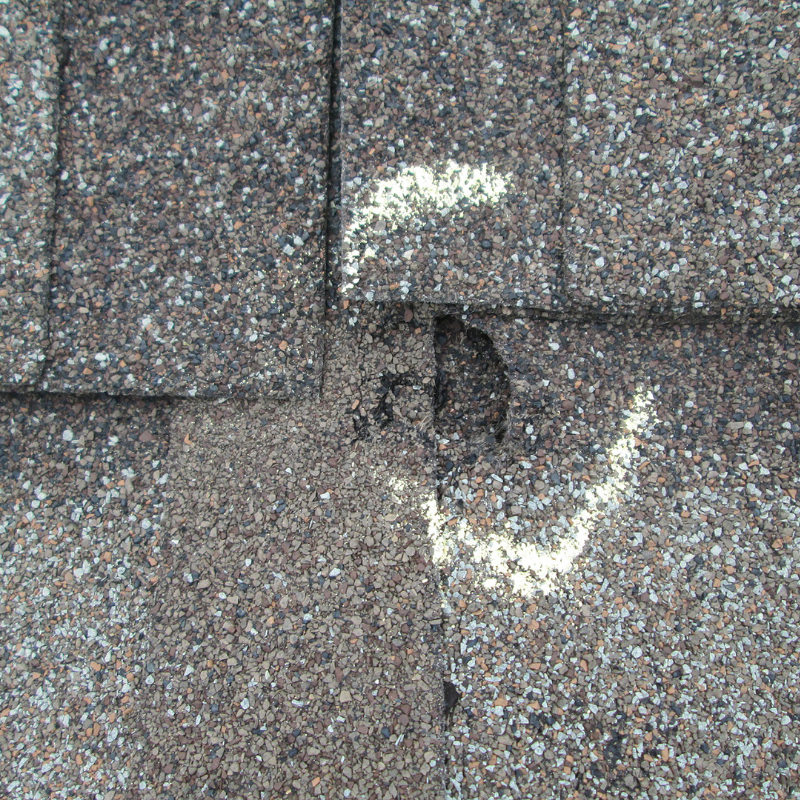Understanding Minnesota Weather Patterns and How It Affects Your Roof
Ah, Minnesota! Land of 10,000 lakes and weather patterns as unpredictable as a game of Bingo. If you’ve ever spent a year here, you know that our summers can sizzle your sneakers and the winters might just freeze your eyebrows off. And let’s not forget those out-of-the-blue storms that roll in, making us wonder if Mother Nature is having a bit of a mood swing. But have you ever thought about how this rollercoaster weather affects our roofs? That sturdy structure overhead doesn’t just keep us dry; it’s battling the elements year-round. In fact, here’s just how much our harsh weather affects residential homes.
The Severity of Minnesota Winters
Minnesota’s winters are notorious for their severity, often ranking among the harshest in the United States. This extreme weather poses significant challenges to the durability and integrity of roofing structures. Sub-zero temperatures, heavy snowfall, and ice storms are common, necessitating specialized roofing materials and regular maintenance to ensure longevity and performance.
Snow and Ice: The Silent Culprits
Snow and ice accumulation on roofs is a major concern. Ice dams, formed when melted snow refreezes at a roof’s edge, can create significant issues. They block proper drainage, leading to water backing up under shingles and into the home. This can cause leaks, mold growth, and significant structural damage. The weight of snow can also strain a roof’s structural integrity, risking collapse in extreme cases.

Strategies for Winter Roof Protection
To mitigate these risks, regular winter roof maintenance is essential. This includes removing snow buildup to prevent excessive weight and checking for ice dams. Proper attic insulation and ventilation can also help maintain a consistent roof temperature, reducing the likelihood of ice dam formation. Furthermore, using de-icing cables along the roof’s edge can prevent ice dam formation.
For new installations or replacements, selecting materials designed for cold climates, such as reinforced shingles, can offer better resilience. Additionally, ensuring that the roof has adequate slope can aid in preventing snow accumulation and facilitating better drainage.
Windstorms and Roof Vulnerability
Minnesota experiences significant windstorms, especially during transitional seasons. These winds can cause extensive damage to roofs, ranging from lifted or missing shingles to structural compromises. Strong gusts can even create uplift forces that challenge the roof’s integrity, leading to costly repairs or even full roof replacements.

Assessing and Repairing Wind Damage to Minnesota Roofs
When the winds have finally died down and the calm returns to Minnesota, it’s time for homeowners to inspect their roofs. Windstorms, often as stealthy as they are fierce, can leave behind a trail of subtle yet significant damage. This post-storm period is critical for roof health, as unnoticed issues can rapidly worsen. Start by surveying your roof for the usual suspects of wind damage. Missing or damaged shingles are the most blatant red flags, waving a warning of potential leaks and structural woes. Don’t overlook less obvious signs, like exposed underlayment or patches where granules have been stripped off shingles. Also, keep an eye out for debris that might have accumulated on the roof, as it can hide or cause damage.
Timely Repairs: A Race Against Time
Once the damage is spotted, the clock starts ticking. Immediate repairs are not just a convenience but a necessity to prevent water from sneaking into your home. This is where professional roofers come into the picture. Their expertise ensures a thorough assessment, spotting problems that untrained eyes might miss. They can also provide quality repairs that go beyond mere patch-ups, addressing the root cause of the damage. Equipping your home with wind-resistant roofing materials is a smart move. Shingles rated for high wind speeds, when installed correctly, form a resilient shield against the bluster. But it’s not just about the shingles. Ensuring that the roof decking is securely fastened and using wind-resistant underlayment are also crucial steps in fortifying your home against gusty assailants.
Long-Term Defense Strategies
Protection from wind damage is a marathon, not a sprint. Regular roof maintenance is key. This includes basics like making sure shingles are properly nailed down and replacing any that are damaged or missing. Such diligence helps maintain the roof’s overall integrity. Don’t forget to consider the trees around your home. Trimming overhanging branches can greatly reduce the risk of damage from falling limbs during storms.
In essence, navigating the aftermath of windstorms and safeguarding your roof involves a blend of immediate action and ongoing care. Regular inspections, prompt repairs, choosing the right materials, and consistent maintenance form the cornerstone of effective wind damage management for Minnesota roofs.
After a windstorm, it’s crucial to inspect the roof for signs of damage. Missing or damaged shingles, exposed underlayment, or debris accumulation are common indicators. Timely repairs are essential to prevent water infiltration and further deterioration. Homeowners should consider professional assessments to ensure a thorough evaluation.
Choosing wind-resistant roofing materials is key in storm-prone areas. Specialized shingles rated for high wind speeds, along with proper installation techniques, can significantly increase a roof’s resilience. Securing the roof decking and using wind-resistant underlayment are additional steps that can fortify a roof against wind damage.
Long-term wind protection involves regular maintenance, such as ensuring that shingles are properly nailed down and replacing damaged ones promptly. Trimming overhanging tree branches can also reduce the risk of physical damage during high winds.

Rainstorms and Their Consequences
Minnesota’s rainstorms are notorious for their suddenness and intensity, often leading to risks of leaks and water damage. These heavy downpours can quickly exploit any vulnerability in a roof, such as cracked shingles or weakened seals, which can result in prolonged water exposure causing rot, mold, and structural damage. To combat this, it’s essential for homeowners to be vigilant.

Key signs of rain damage to look out for include:
- Water stains on ceilings and walls
- Peeling paint
- Dampness in insulation
Paying attention to the attic is also important, as leaks often manifest there first. Addressing these issues promptly can prevent them from escalating into more severe problems.
An effective gutter system is vital for managing rainwater efficiently. Homeowners should ensure that gutters and downspouts are clear of obstructions, properly aligned, and free from leaks. This not only prevents water from pooling on the roof but also protects the foundation from water damage. In addition to regular gutter maintenance, using water-resistant roofing materials and ensuring proper flashing around roof penetrations can greatly reduce the likelihood of leaks.
Preparation for rainstorms also involves proactive measures such as replacing damaged or worn shingles and ensuring that all roof penetrations are properly sealed. Choosing roofing materials suitable for wet conditions, like asphalt shingles with a high rating for wind and water resistance, provides an additional layer of defense against the rain. By implementing a combination of regular maintenance, vigilant inspections, and the use of appropriate materials, homeowners can effectively safeguard their roofs against the challenges posed by Minnesota’s rainstorms.
Hailstorms: A Frequent Menace For Minnesota Residents
The Impact of Hail on Minnesota Roofs
Hailstorms are a frequent occurrence in Minnesota, with the potential to cause significant damage to roofs. Hailstones can vary in size, but even small ones can compromise the integrity of roofing materials. Large hailstones can dent metal roofs, crack asphalt shingles, and break tiles.

Assessing and Addressing Hail Damage
After a hailstorm, inspecting the roof for damage is crucial. Signs include dented or cracked shingles, bruised or missing granules, and damaged vents or skylights. Prompt repairs can prevent further damage and extend the roof’s lifespan. In severe cases, professional assessment and repair or replacement may be necessary.
Preventative Measures for Hailstorms
In addition to choosing the right materials, regular roof maintenance is essential in hail-prone areas. This includes checking for pre-existing damage, ensuring all roofing components are secure, and clearing debris that could be exacerbated by hail impact. Installing protective elements, such as gutter guards and shielded skylights, can also minimize hail damage.

Just to emphasize this point, a hailstorm on August 11, 2023, caused an estimated $1.1 billion in damages. This storm featured hail up to baseball size in the Twin Cities, impacting heavily populated areas with extensive damage to vehicles, rooftops, windows, and siding.
@NWSTwinCities got some big hail downtown Minneapolis!#mnwx pic.twitter.com/CF0VJfrob1
— Willow (@WillowR_Samifer) August 11, 2023
Conclusion
Understanding and adapting to Minnesota’s diverse weather patterns is crucial for maintaining roof integrity and functionality. From selecting suitable materials to regular maintenance, homeowners can take proactive steps to ensure their roofs withstand the challenges posed by Minnesota’s climate. By staying informed and prepared, the impact of weather on roofs can be significantly reduced, safeguarding homes for years to come.
If you’re even slightly concerned that your roof might have damage, give our roofing professionals at Bold North Roofing a call today to keep your home safe and sound.



